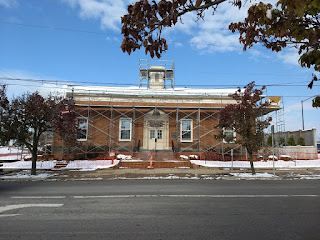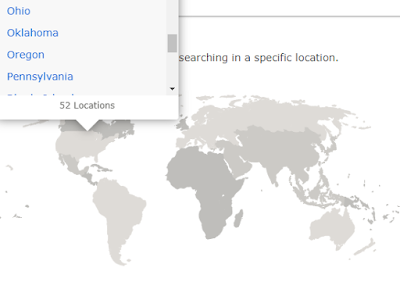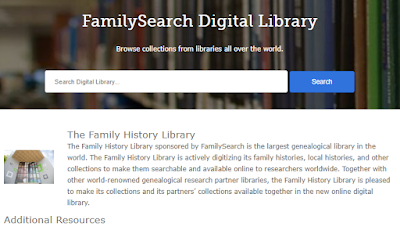PLEASE VISIT OUR NEW BLOG ADDRESS AT: HTTPS://VWMFHCENTER.BLOGSPOT.COM/
For everyone who keeps saying to themselves, "I want to learn more about my family's history, when have time..." NOW is the time.Many of us are confined to our homes for an indefinite period. And we're wondering how to fill the many unoccupied hours.
Wonder no longer.
If you are interested in your family history, you need to start recording what is happening RIGHT NOW! We are living through an unprecedented historic moment. And we need to document how it has impacted our daily lives and the lives of everyone we love. You can start writing a journal, as I am doing. Or you could video tape yourself and your family as you go about your new daily routine. However you want to do it. You don't have to be a great writer. You don't have to be a great speller or a grammar guru. JUST DO IT!
Eventually you will save it in a secure place for your descendants. Also, donate copies to the local and state historical societies. Historians of the future will applaud you for it.
So, how do you start researching your family's history? Luckily for you, the Medina County District Library's Genealogy Team hosted a series of "How-to" blogs in 2019. Follow them, step-by-step, and you will make progress. And when you hit stumbling blocks, email the team at: me-team.genealogy@mcdl.info. We will do our best to answer your questions remotely.
 |
| The Genealogy Team Kathy Petras, Lisa Rienerth, Lauren Kuntzman |
1. A good place to start is at the beginning with: Getting Started
2. Next, you need to be able to quickly access all the information you are gathering. Lisa's blog on Organizing Your Research will help you do that.
3. An important element of family history is documenting all of the important moments in life. Vital Records Research explains that.
4. As you move back in time to research your family history, you'll want to start using one of the easiest to access Federal Records on your family. Lisa does a wonderful job of covering all the incredible information available in U.S Census Records.
5. What if your family hasn't been in the United States very long? Don't worry, Lauren has you covered in her post on Researching Immigrant Ancestors.
6. Did you or someone in your family serve in the military? Learn how to research U.S. Military Records.
7. Once you can no longer find your relatives in vital or census records, you will need to know How to Find Church Records - by Lauren Kuntzman
8. Where can you find out that an ancestor was the jokester at all the GAR veteran reunions? Try Using Newspapers in your Genealogy Research .
9. Want to know more about Ancestry.com? Check out Lauren's FAQs about Ancestry.com
10. Lisa tells how to optimize your Cemeteries Research
11. Confounded by the Family Search web site? Lauren gives you 5 Tips for Accessing Family Search
In 2016, Lisa and I blogged about the two BIG genealogy research web sites:
And did you know that Ancestry has enabled remote (from home) access to Ancestry Library Edition through the end of April. Just be sure to go through the Library's link and enter your valid Ohio library card number.
And when you are ready to tackle some intermediate topics, these Bonus Blogs were also created in 2019:
- Dreaded Common Surname
- African American Research
- Researching the women in your family
- R.B. Hayes Ohio Obituary Index
- Ethics in Genealogy
Happy Hunting!


















































